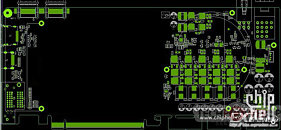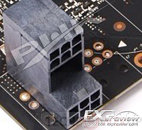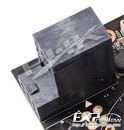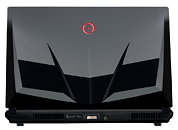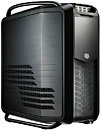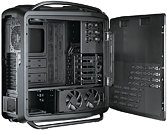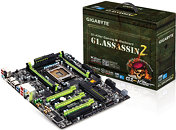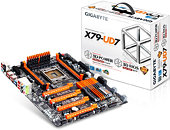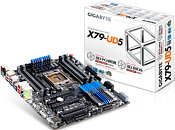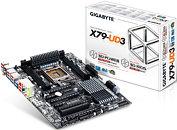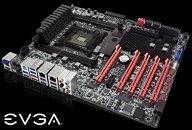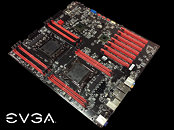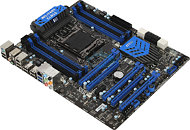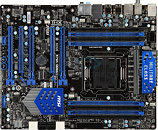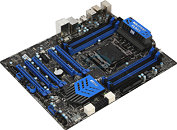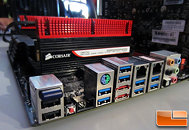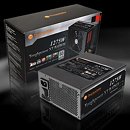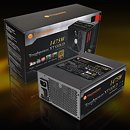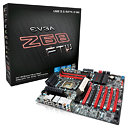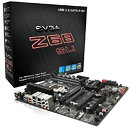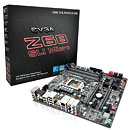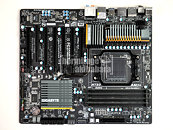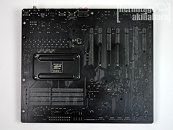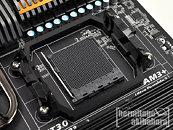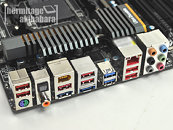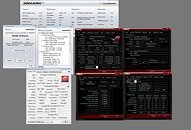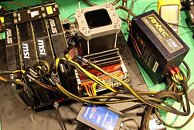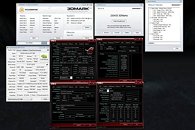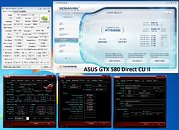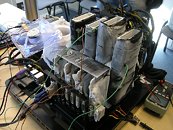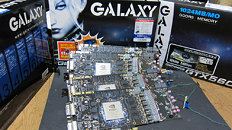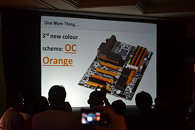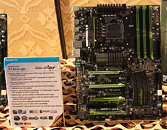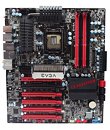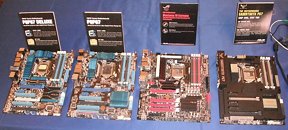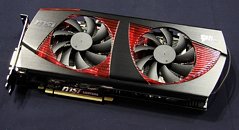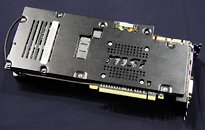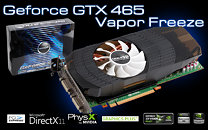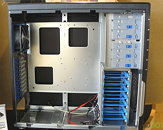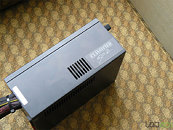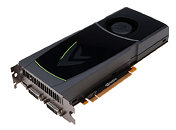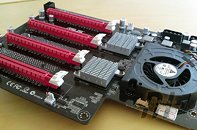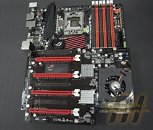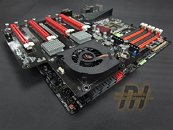
NVIDIA GK104 PCB Drawings, Unusual Power Connector Designs Surface
Here is the first x-ray drawing of NVIDIA's GeForce Kepler 104 (GK104) reference board, outlining the VRM area. The GPU and memory areas are blanked out for some very obvious reasons. Nevertheless, there's plenty of fascinating stuff going on in these pictures. To begin with, the picture confirms that the board will have 5 NVVDD phases, and up to three miscellaneous power domains. The PCB has provisions for two 6-pin and one 8-pin connector.
The funny part here is a strange new plug that has two 6-pin (or 8-pin+6-pin) stacked, while one of the two 6-pin connector leads are blanked. Some of our sources also report having seen a similar connector with 8-pin and 6-pin on samples of this card (refer to the last picture below). It's not just this, that makes the card incapable of single-slot operation, the DVI connectors over at the display IO also are stacked like on previous-generation AMD Radeon cards. Other connectors on the card are HDMI and DisplayPort. There are two SLI bridge connectors, giving it 3-way and 4-way SLI support.
The funny part here is a strange new plug that has two 6-pin (or 8-pin+6-pin) stacked, while one of the two 6-pin connector leads are blanked. Some of our sources also report having seen a similar connector with 8-pin and 6-pin on samples of this card (refer to the last picture below). It's not just this, that makes the card incapable of single-slot operation, the DVI connectors over at the display IO also are stacked like on previous-generation AMD Radeon cards. Other connectors on the card are HDMI and DisplayPort. There are two SLI bridge connectors, giving it 3-way and 4-way SLI support.
